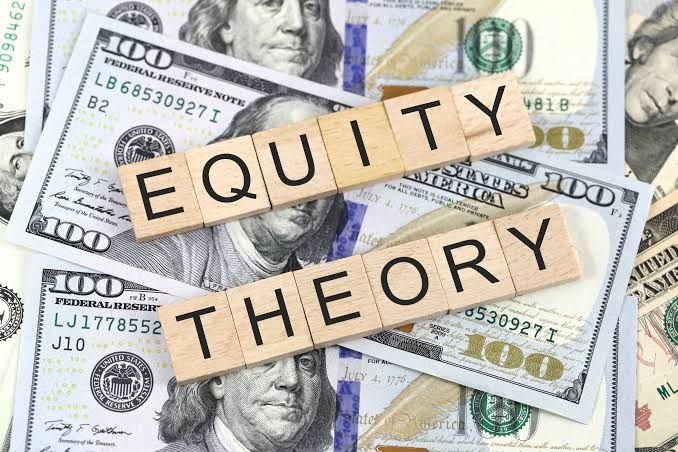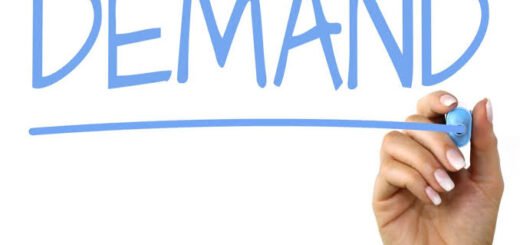Shackle’s Profit Theory
Shackle’s Profit Theory
Professor Shackle has extended Prof. Knight’s theory by introducing expectations under conditions of uncertainty. According to Shackle, expectations are of two types: general and specific. General expectations relate to general variables of the entire economy. They relate to future macro variables such as general price level, gross national product (GNP), balance of payments, etc. On the other hand, specific expectations relate to specific variables of a firm or industry. They relate to such macro variables as the future response of a firm to a particular marketing strategy, future pricing policy of a competing firm, etc.

Decisions of the business community are generally based on general expectations. If it finds them favourable, it will invest. But general expectations have “subjective certainty”. Such expectations take about 12 months to be fulfilled. Because simple expectations have subjective certainty and their time period is also appropriate, the business community is able to correctly predict the price and income growth for the entire economy. It earns unexpected profits by adopting appropriate inventory policies.
But in special expectations there is “subjective uncertainty” and the time period is also quite long, between 100 to 150 months. Under special expectations a firm or industry can earn either innovation profits or monopoly profits which depend on its policies and competitors. Under perfect competition when there are large number of buyers and sellers of identical goods, the firm which innovates by introducing new production techniques or new products or new techniques of management earns innovator profits. On the other hand, under monopolistic competition when the product is differentiated, the firm gains through marketing policy. Under special expectations when there is subjective uncertainty and long time period, when a firm takes right decisions regarding marketing, advertising etc. about its goods as compared to other competitors, it gets monopoly profits. Thus, profits whether of monopoly or innovation arise under subjective uncertainty, which depend on right decisions taken by a firm.
Now the question arises that who takes such decisions in a firm and what is their basis? According to Shackle, decision making under uncertainty is done by the entrepreneur of a firm. Routine decisions are taken by the heads of respective departments in firms.
As far as the basis of decision making is concerned, Shackle adopts the psychological method. According to him, the entrepreneur makes hypotheses about the future consequences of his decision. For this he imagines a “neutral point” on the right side of which he places those hypotheses which are pleasurable and on the left side the worrying hypotheses. All pleasurable or worrying outcomes which are near the neutral point are “very credible” and their degree of “potential surprise” is low but the more pleasurable and more worrying hypotheses which are moving away from the neutral point have an increasing degree of potential surprise.
Its critical evaluation
Prof. Shackle propounded a psychological theory of profit which is very abstract but it has elements of Knight’s uncertainty profit theory, Schumpeter’s innovation profit theory and monopoly theory of profit. Nevertheless, it is a decision-making theory which is based on the psychology of the entrepreneur. As Prof. Kierstad states, “Professor Shackle himself effectively uses the method of introspection, but while introspection may allow him to discover how he makes a decision, it cannot tell with any certainty how an entrepreneur or a board of managers makes a decision.”


